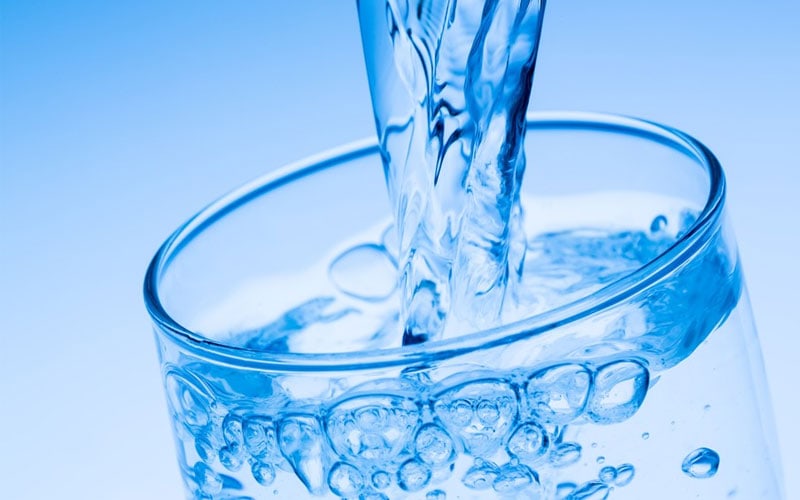
Contaminated drinking water is a global issue and water quality has continued to worsen over the last few years. Water filters and bottled water has become commonplace in our lives, yet there is still a ton of myths surrounding the water purification industry.
While many of these myths are harmless, being informed on drinking water safety is no laughing matter. Drinking contaminated water can lead to various waterborne illnesses and even death.
Myths about Water Filtration Debunked
Continue reading for information about some of the most common water purification myths.
You Just Need To Boil Your Water
While boiling water makes it safer to consume, you will need to use various DIY purification processes, such as filtering the water and drawing off the clear water, along with boiling it. Unfortunately, heavy metals and chemicals are very hard to remove without a water purification system.
On top of all that, water needs to be boiled for at least 20 minutes to kill microorganisms. Then if the water is cooling down in an open container it is prone to re-contamination.
You Only Need To Remove Chlorine
The myth that tap water is safe drinking water with added chlorine is definitely false. Chlorine is easily noticed by its smell and taste, but other chemicals and contaminants are a lot harder to detect. Due to your plumbing, toxic and heavy metals may also be present in your tap water. So while chlorine may change the taste of your water, it is not the most harmful contaminant.
Purification Gets Rid Of Needed Minerals
The minerals found in unpurified tap water are mostly dissolved rock sediment, which our bodies aren’t made to digest. So while water purification does remove particles and minerals from the water, most of the minerals we ingest come from food, not water.
Water Purification Is Expensive
Water purification can be as simple as a tap filtration system or as complex as a combined water softening and purification system that is linked throughout your house. So the price depends on your needs.
You can look at https://supremewatersales.com/ for different types of water purifiers.
Maintaining A Water Purifier Is An Effort
While it is true that there is maintenance needed to keep your system working, this can be as easy as periodically cleaning or changing a filter. The type, size, and brand of your system will dictate how much effort is needed when it comes to maintenance.
Reverse Osmosis Water Purification Wastes Drinking Water
The water discarded by reverse osmosis is generally unclean water that should not be drunk. The discarded wastewater can be used for other purposes around your house, such as cleaning, washing, and flushing toilets.
Water Purification Myths Successfully Debunked
Water purification myths, just like most myths, will continue to spread, but now you have the basics needed to make informed decisions.
If you enjoyed this post, take a look at our blog for more articles!







